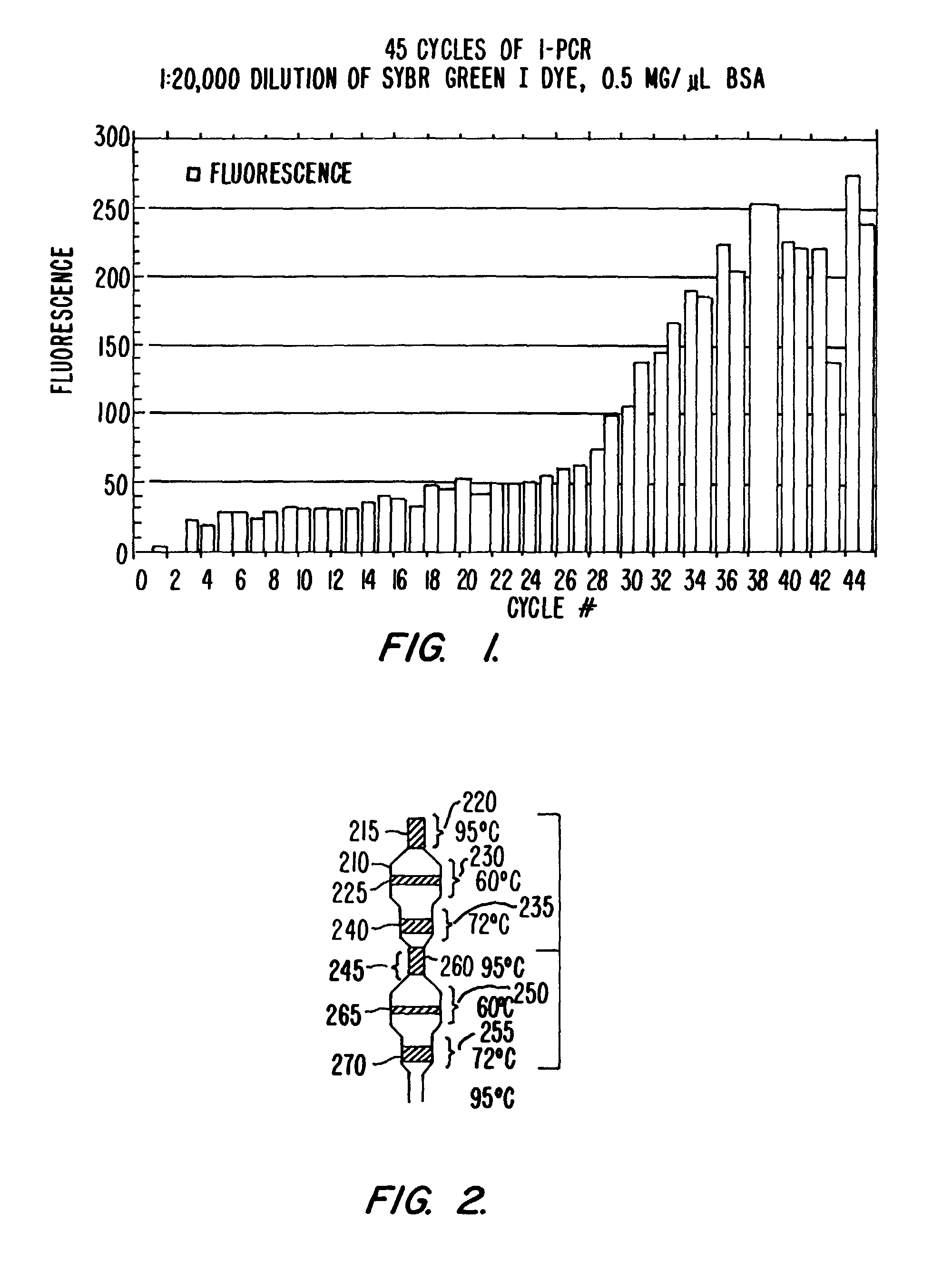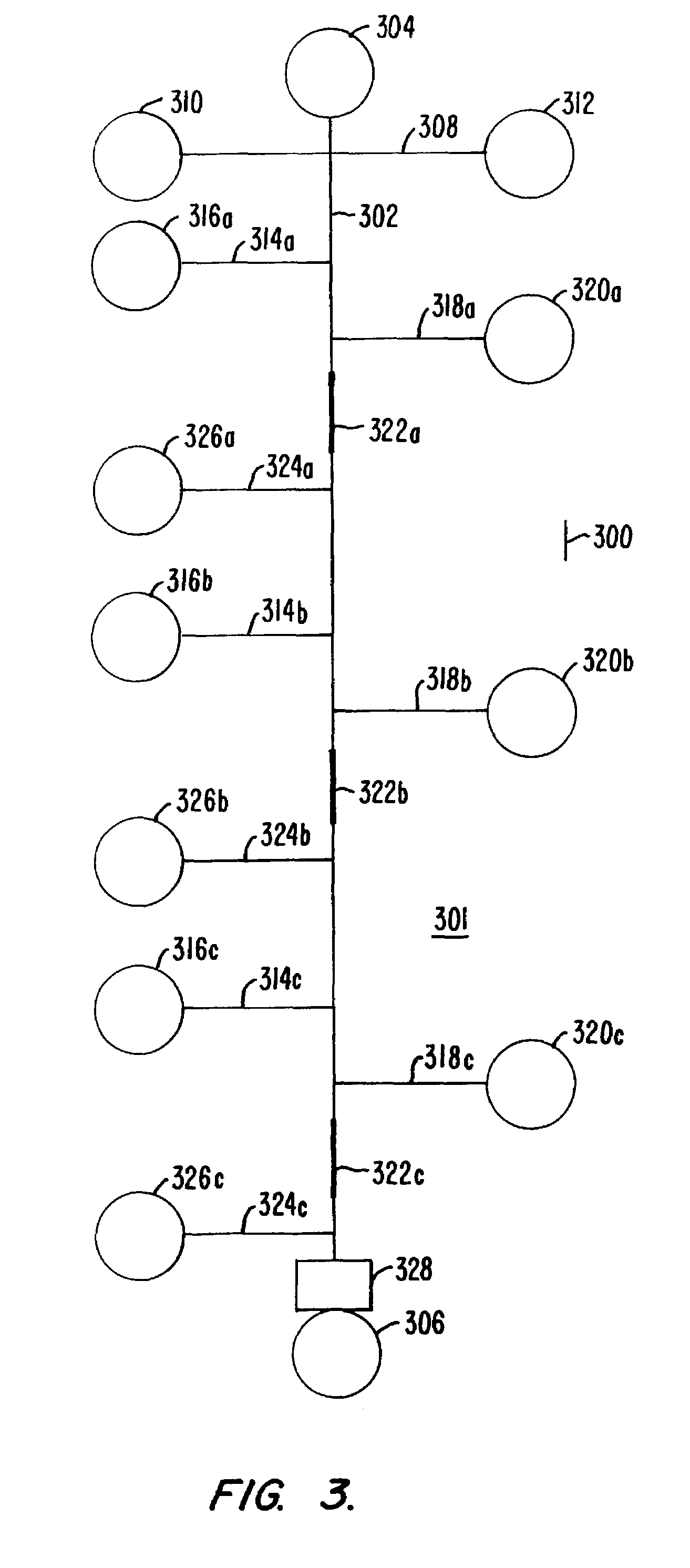Microfluidic sequencing systems
a microfluidic and sequencing technology, applied in the field of microfluidic sequencing systems, can solve the problems of large and expensive, difficult to integrate different types of equipment to improve automation, and limit the number of experiments, so as to achieve the effect of increasing the speed
- Summary
- Abstract
- Description
- Claims
- Application Information
AI Technical Summary
Benefits of technology
Problems solved by technology
Method used
Image
Examples
Embodiment Construction
[0060]High throughput manipulation and analysis of fluidic reagents is desirable for a variety of applications, including nucleic acid sequencing, screening of chemical or biological libraries, purification of molecules of interest, amplification of nucleic acids and the like. The present invention provides apparatus, systems and methods for dramatically increasing the speed and simplicity of screening, manipulating and assessing fluidic reagents, reagent mixtures, reaction products (including the products of DNA sequencing reactions) and the like. The invention provides integrated systems for performing a variety of chemical, biochemical and biological experiments and other fluidic operations, including PCR, DNA sequencing, integrated or sequential screening of chemical or biological libraries, and the like. Although the microfluidic systems of the invention are generally described in terms of the performance of chemical, biochemical or biological reactions separations, incubations...
PUM
| Property | Measurement | Unit |
|---|---|---|
| volumes | aaaaa | aaaaa |
| temperatures | aaaaa | aaaaa |
| temperature | aaaaa | aaaaa |
Abstract
Description
Claims
Application Information
 Login to View More
Login to View More - R&D
- Intellectual Property
- Life Sciences
- Materials
- Tech Scout
- Unparalleled Data Quality
- Higher Quality Content
- 60% Fewer Hallucinations
Browse by: Latest US Patents, China's latest patents, Technical Efficacy Thesaurus, Application Domain, Technology Topic, Popular Technical Reports.
© 2025 PatSnap. All rights reserved.Legal|Privacy policy|Modern Slavery Act Transparency Statement|Sitemap|About US| Contact US: help@patsnap.com



